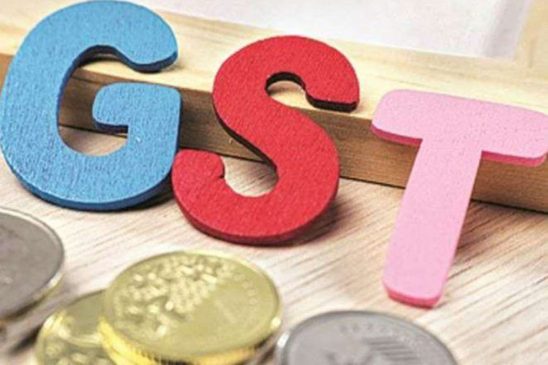With most states not keen to let go of revenues, the Goods and Services tax (GST) compensation cess will likely be retained beyond January 2026, by when the compensation-related loans and interest would likely be fully repaid, sources said. However, the cess would be “re-branded” with a newly defined end use. Under the Constitution, a cess can be levied for specified purposes only, and the proceeds from such imposts should be credited to a designated fund.
Also Read– Working in the unorganised sector? Here’s how to secure your future with the Atal Pension Yojana
According to an estimate, roughly Rs 20,000 crore would be collected via the GST compensation cess in a status-quo scenario by February 2026. The cess receipts were Rs 12,068 crore for August 2024.
“Cess will remain beyond January 2026 but not as ‘compensation cess’…it will be renamed,” an official said, adding that the final decision would of course be that of the GST Council.
The compensation cess can’t be merged into the highest GST slab of 28% slab, as it could create more slabs whereas the intention is to reduce the existing four slabs, the official added. Also, it is reckoned that the tax increase by merging cess with GST rate on these items would not be positively viewed, while the continuation of the cess is more likely to be tolerated by the taxpayers who are wont to it.
Also, the sources explained, since the merged tax rate in many of the demerit items would exceed 40%, the GST Act would need to be amended as the current provisions limit the maximum GST rate at 40% (CGST and SGST 20% each).
The renamed cess will likely be appropriated between the Centre and state on the lines of Integrated GST (IGST). IGST is collected by the Centre on inter-state transactions and distributed evenly between the Central and the destination or consuming state.
On September 9, the GST Council decided to set up a ministerial panel headed by Minister of State for Finance Pankaj Chaudhary to give recommendations on the future of the compensation cess.
The ministerial panel would also work on the way forward on “continuity” and the manner of sharing revenues from the cess beyond compensation and loan repayment periods.
Read More: Bank Of India’s Festive Dhamaka! Launches Special 400 Days Fixed Deposit With Upto 8.10% Interest
“The states have limited fiscal space. So, they are not keen to let go of the revenues of cess as many of them had demanded an extension of the compensation period,” the second official said.
Many other states, including Punjab, Tamil Nadu, West Bengal, Kerala and Chattisgarh had written to the Centre demanding that the compensation period be extended by 2-5 years to bolster the states’ finances.
Currently, there are four major GST slabs – 5%, 12%, 18% and 28%. A clutch of 46 demerit and luxury goods in the 28% bracket also attract cesses, the proceeds of which go to a separate fund meant to compensate states for the revenue shortfall for the first five years up to June 2022. Thereafter, the cess funds are kept to repay the loans taken by the Centre to meet the shortfall in the cess proceeds against the funds required to honour the constitutional guarantee of 14% revenue growth for states from the GST during the first five years of the tax– July 2017 to June 2022.
Currently, assorted tobacco items, pan masala and aerated water are among the products that attract the highest GST rate of 28% and also the ‘compensation cess’.
As per an RBI study, the weighted average tax rate under the GST had come down to 11.6%, from 14.4% at the time of its launch as against the revenue-neutral rate (RNR) of 15.5%. Sources said the weighted average rate has even come down further to below 11%, much to the chagrin of states. However, there are tax experts who feel it is futile and irrational to pursue the RNR, as revenue could be boosted by broadening of the ta base instead.
“Businesses that pay compensation cess such as automobile manufacturers, would expect compensation cess to come to an end early 2026 as it drives up costs and prices and was intended only as a panacea for the initial period of five years,” said MS Mani, Partner, Deloitte India. However , the revenue authorities will not want to give up a significant source of revenue without identifying an alternative source to plug the revenue gap,“ he opined.
For more news like this visit Officenewz.com





































